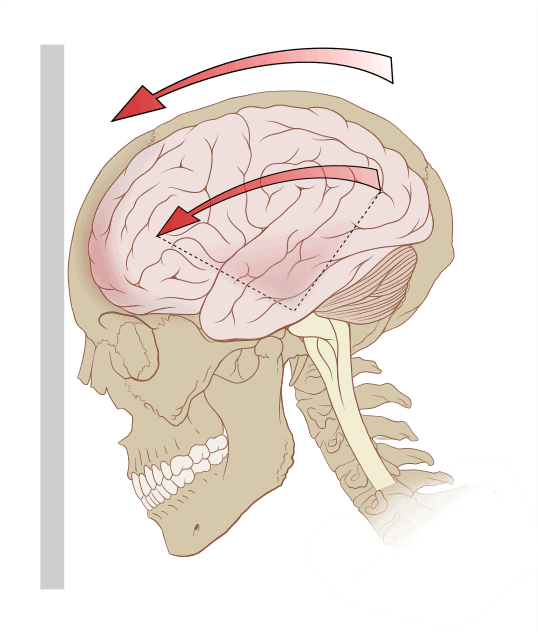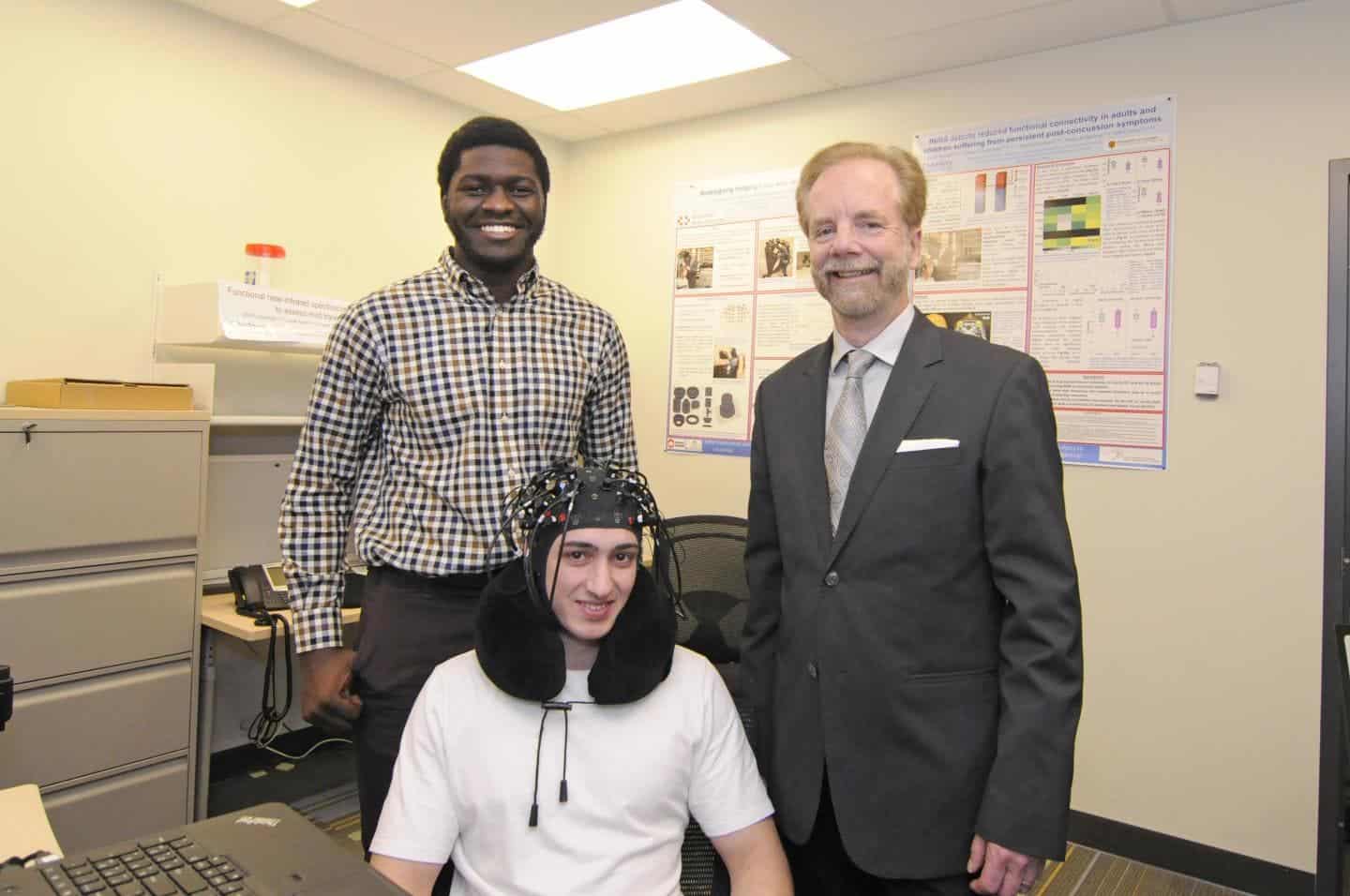Concussions are the most common brain injuries — they account for about 80% of all traumatic head injuries suffered in North America. However, other than fMRI, which is expensive and requires a shielded environment, there hasn’t been an easy way to study them. Researchers from the Experimental Imaging Centre at the University of Calgary have created a portable imaging device that measures oxygen in the brain and can assess and track concussion damage well.
Concussions
The soft tissue of the brain is surrounded by spinal fluid and enclosed in the skull. The impact of a concussion can cause the brain to move a bit and hit the inside of the skull, inflicting bruising, nerve, and/or blood vessel damage. The word “concussion” comes from the Latin concutere, which translates to “to shake violently.” It is an apt word for concussions, which usually result from a hard impact.

Many concussions are a result of sport participation, but they can also be caused in a number of other ways, such as from car or bike accidents, falls, fights, and work-related injuries. In the last 10 years, the incidence of concussion has doubled to 3 million in North America. Symptoms of a concussion include headaches, nausea, memory loss, and lack of coordination. In most cases, the symptoms go away in a few hours or days. However, in 14-36% of cases, the symptoms can last for months or even years.
Shedding light
Jeff Dunn, director of the Experimental Imaging Centre at the University of Calgary’s Cumming School of Medicine, wanted to improve how concussions are visualized to obtain more information on a patient’s progress and on the optimal treatment plan. He and his team have developed a portable brain-imaging device called Near-Infrared Spectroscopy, which works by measuring the oxygen levels in the brain.
“When the brain activates, blood flow goes up but oxygen levels also go up, so the blood actually becomes redder as the brain activates,” Dunn said.
The device itself is a funky-looking cap that contains small lights with sensors that connects to a computer. It measures brain activity while the patient performs cognitive tasks, such as an activity or looking at a picture.

The device is shown on the patient in the center. Image credits:Pauline Zulueta/Cumming School of Medicine
“We shine light. In the infrared system, there’s a particular wavelength that goes through tissue quite well. You shine a light in and you measure the colour of the blood in the brain,” explained Jeff Dunn. “Light is absorbed differently depending on how much oxygen is absorbed in the blood. We can measure brain activity. What we didn’t know is how that would change after concussion.”
There are obvious changes in the blood oxygen in patients with a concussion, making it very easy to diagnose. From results published in the Journal of Neurotrauma, the brain-imaging device can detect changes in the brain activity of adults with long-term, post-concussion symptoms well.
The goal is to connect symptoms with physical differences in the brain in order to create treatment protocols and recovery timelines. The device will be used in trials at the Alberta Children’s Hospital to see if it can help with determining the extent of the injury and an idea of how recovery is coming along.






